10 worst mothers ever in history
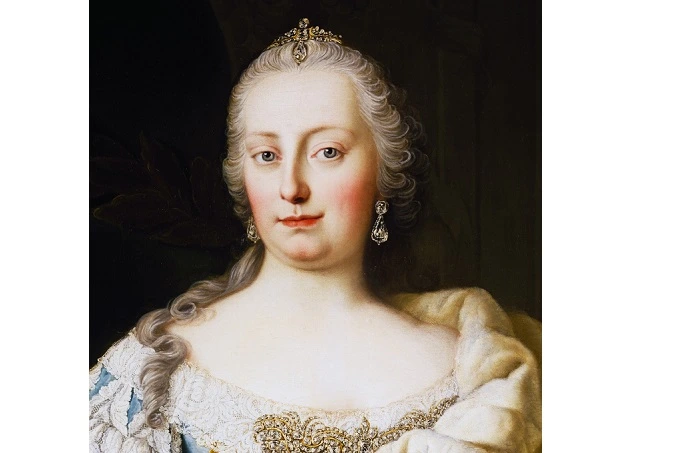
We had faith in the transformative potential of a mother’s love and uncontrolled love for our children in the past. However, most women who have left their mark on history raised their children totally different from what one might expect in the future.
1. Wu Zetian

The well-known Chinese monarch, who began her reign with the traditionally male title of “emperor,” served as Emperor Taizong’s concubine at the beginning of her reign. After that, his son Gaozong began to favour her above all others.
It is difficult to deny the leadership qualities that Wu Zetian possesses; however, it appeared that she had no love for her children. After giving birth to a daughter with Gaozong, Wu Zetian soon discovered that her daughter had passed away. She placed the blame for what had occurred on Empress Wang, and as a result, Gaozong expelled his wife and stripped her of her title. Many historians believe that Wu Zetian strangled her daughter with her own hands so that she could win Gaozong’s hand in marriage. She was successful in doing so.
The weakest members of her family, in Wu Zetian’s opinion, were her husband and her sons. When Gaozong passed away in 683, power was passed on to his heir Zhongzong; however, Wu Zetian was able to successfully banish him. Although her younger son Ruizong rose to the position of emperor, his mother continued to exercise de facto control over the state. In the year 690, Wu Zetian forced out of office her son and assumed the imperial title for herself.
2. Elizabeth Bathory

The Hungarian aristocrat known as the Bloody Countess was renowned for her role in the murder of multiple young women over a period of time. It is believed that Bathory tortured and murdered dozens, and possibly even hundreds, of people, but the exact number of people she was responsible for torturing and killing is unknown.
The stories that the countess bathed in the blood of virgins to preserve her youth appeared later and may be fiction. However, eyewitness accounts confirm many murders and atrocities that occurred during her reign. Even a counterargument asserts that Elizabeth Bathory was the victim of a plot and that the charges brought against her were politically motivated.
In terms of her personal life, Elizabeth was married to Count Ferencz Nádasdy, who later gave her possession of the infamous Cachtice Castle.
Countess Elizabeth Bathory had children, but she entrusted their upbringing to governesses, as was common practice among aristocratic families. Because she allowed her “bloody” deeds to consume her, she did not participate in their upbringing.
3. Fredegund
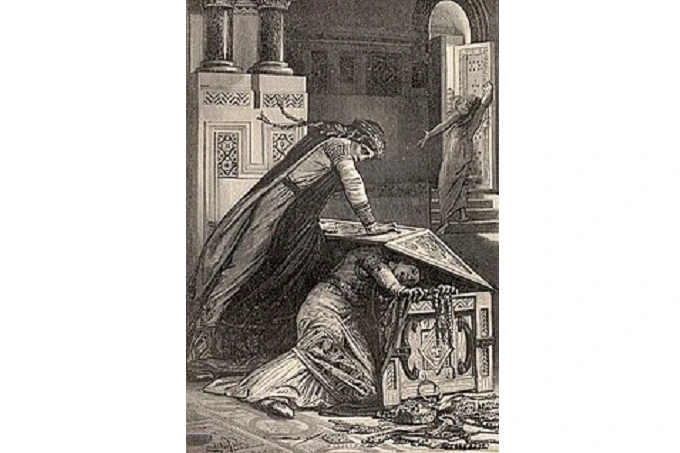
The Frankish queen, whose rivalry with the Austrasian queen Brunhilde helped ensure her place in history. Brunhilde was the queen of Austrasia. She initially joined the entourage of King Chilperic I’s first wife as a servant, but she quickly became his mistress and was ultimately responsible for Chilperic’s first wife, Audovera, being banished to a convent. On Chilperic’s orders, the subsequent queen fell victim to an assassination attempt while she slept, and Fredegund ascended to the throne in her stead.
She had several children with the king, but almost all of them died due to the disease before reaching adulthood. There were many disagreements between Fredegund and her daughter Rigunth, who constantly criticized her mother for coming from a humble background. The story is told in the Book of the History of the Franks about how Fredegund, in an attempt to teach her daughter a lesson, the mother thereupon forced down the lid on her neck and would have killed her had not the servants finally rushed to her aid.
It is likely that under the influence of Fredegund, the son of Chilperic, who belonged to Audovera Merovech, and then Audovera herself were both put to death. Clovis, son of Chilperic, was cast out of the kingdom by Fredegund because she held him responsible for the deaths of her two sons, which were most likely caused by smallpox. Soon after, he met his death.
4. Catherine de Medici

The well-known Queen of France was also Henry II’s wife. When Henry died in 1559, Catherine’s son Francis II became king and was only fifteen years old. Then he passed away, and the succession to the throne was given to Charles IX, Catherine’s middle son, who his mother heavily influenced. Even after he passed away and Catherine’s third son, Henry III, became king, nothing changed in the situation.
Catherine de Medici was considered so powerful that historians refer to the years during which her sons ruled as “the era of Catherine de Medici.” She was the one who ensured that her sons remained on the throne. Despite this, she had a reputation for being a difficult person. For example, she was accused of poisoning.
Margaret of Valois, Catherine’s daughter, is said to have been treated with great distaste by her mother, who favoured only one of her sons. Many historians believe that Catherine is to blame for the massacre of Huguenots on the night of St. Bartholomew’s Day in 1572. This event is known as the St. Bartholomew’s Night Massacre.
5. Ma Barker
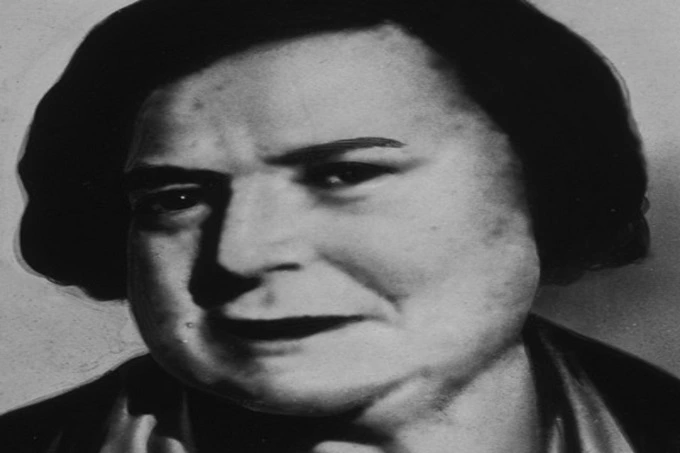
Ma Barker rose to notoriety after becoming the criminal organization leader known as the Barker-Karpis, which was active in the United States. Her four sons, Herman, Lloyd, Arthur, and Fred, were all gang members. Herman committed suicide after a shootout, Lloyd went to jail multiple times, and Ma Barker herself was shot along with Fred. The adventures of the gang came to a tragic end. Arthur was the one who passed away behind bars.
Many historians think that Arizona knew about her sons’ criminal activities and was able to assist them. On the other hand, some researchers are of the opinion that she was not the leader of the gang and that the FBI agents who worked there perpetuated this myth.
6. Sisygambis
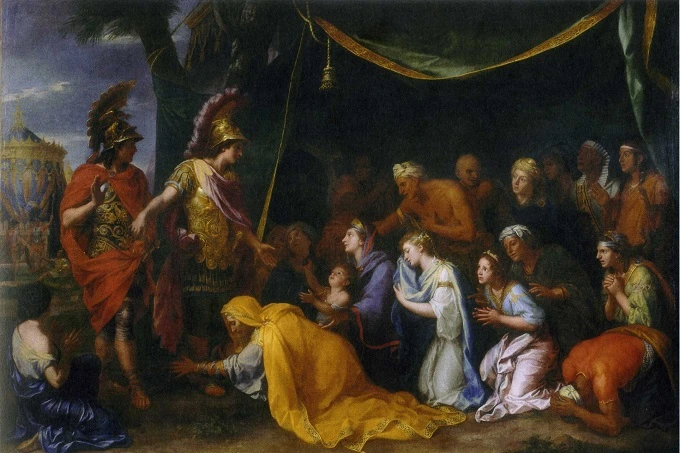
The Persian queen and mother of the last king of the Achaemenid dynasty, Darius III, was present during Alexander the Great’s conquest of Persia. The Macedonians defeated the army of Darius at the Battle of Issus. The Persians fled, and Sisygambis, along with the wife and children of the Persian king, was captured by the Macedonians. Darius III went on to become king of Persia.
Alexander showed respect for the family of the person he was competing against. He ordered Darius’s dead wife to be buried by all of the customs, and he made Stateira, the eldest daughter of Darius, his wife. Alexander the Great sent out Darius’s body to Sisygambis for her to provide the appropriate funeral rites for her son after his men executed him after he had fled the Macedonian army and been captured by his allies.
It is believed that Sisigambis was imbued with contempt for Darius after his defeats and refused to consider him her son. When the body of Darius was brought to the queen, she declared: “I have only one son, and he is the king of all Persia,” referring to Alexander the Great. After the death of Alexander in 323 BC. e. Sisygambis starved herself to death.
7. Magda Goebbels
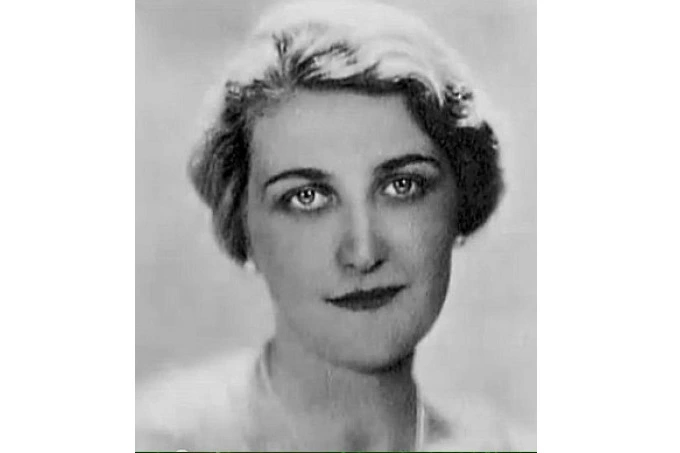
The wife of the Minister of Propaganda of Nazi Germany, Joseph Goebbels, was first his assistant and then married him. For her, this marriage was the second. With whom Magda became close, Adolf Hitler called her an exemplary German woman.
The Goebbels had six children – five daughters and a son. Magda even received the German Mother’s Cross of Honor. On May 1, 1945, the doctor Helmut Kunz, under the direction of the Goebbels, gave the children injections of morphine. Then each was given an ampoule of cyanide. After the children, their parents took the poison. As a result, only the eldest son of Magda from his first marriage survived the war.
8. Mary Ann Cotton

Born In the year 1852, Mary Ann Robson tied the knot for the first time with a miner by the name of William Mowbray. This union resulted in the birth of several children, but almost all of them passed away shortly after birth from a condition known as “gastric fever.” The only child to survive was the daughter Isabella who later died. Mary’s husband also passed away in 1865, and after his passing, Mary’s widow was awarded an insurance payment.
Soon after, Mary Ann entered into a second marriage, but unfortunately, her second husband, George Ward, passed away unexpectedly, leaving her with an inheritance. After that, Cotton found work as a nanny for a wealthy family, where, all of a sudden, children started passing away. After Mary Ann wed their father, James Robinson, the deaths of the children continued to be unexplained. After the husband suspected Mary Ann, he expelled her from the house. Frederick Cotton, a previously married man, became her fourth husband.
Mary Ann’s neighbours kept passing away, and she eventually inherited their property. Cotton was ultimately bequeathed to one of the stepsons, Charles Edward. After he passed away, the woman was taken into custody. Some accounts claim that Mary Ann Cotton was responsible for the deaths of twenty people in total, all of whom were poisoned with arsenic; however, she was only tried and executed for the death of Charles Edward Cotton.
9. Maria Theresa

Another well-known ruler-mother and Austrian archduchess. The reign of Maria Theresa was distinguished by many significant reforms, including those in finance and education, among others.
Maria Theresa married Duke of Lorraine Francis I Stephen. She had 16 children from this marriage, but sadly, six of them passed away while they were still children or teenagers. Marie Antoinette, who later married King Louis XVI of France, is widely regarded as the most well-known of these women. During the French Revolution, both were put to death by the guillotine.
It is commonly held that Maria Theresa was not the warmest mother in the world. In her letters, she frequently expressed her disapproval of the children and referred to them as weak, most notably her son Joseph, who succeeded his mother as monarch of Austria after her death.
10. Darya Nikolayevna Saltykova

Because she was responsible for the deaths of numerous serfs, Darya Nikolaevna Saltykova became known throughout history as “Saltychikha. ” She was given the surname Ivanova before marrying Gleb Saltykov. In the course of this union, two sons were brought into the world: Theodore and Nicholas
It is unlikely that Saltykova had a special love for children because, after the death of her husband, Darya Nikolaevna began to show cruel behavior and regularly beat the servants. Little is known about Saltykova’s mother qualities, but it is unlikely that she had a special love for children. The complexity of the bullying increased over time, and in the end, more than one hundred people were injured or killed due to the landowner’s actions.
Saltykova had her noble rank stripped away from her, and she was initially sentenced to death; however, her sentence was later changed to life in prison.




